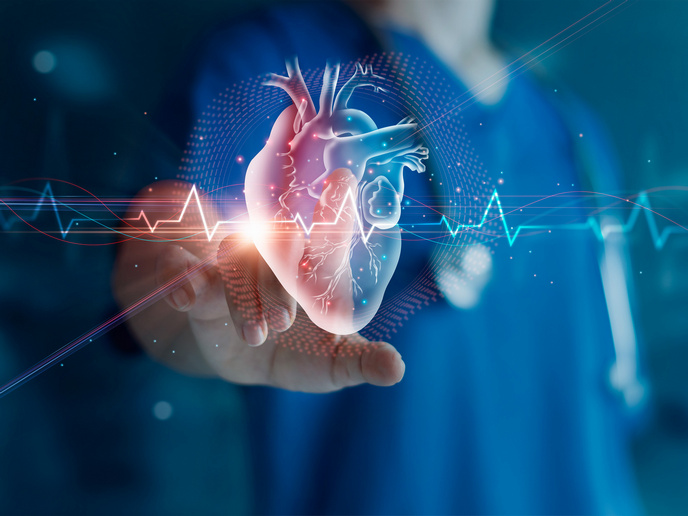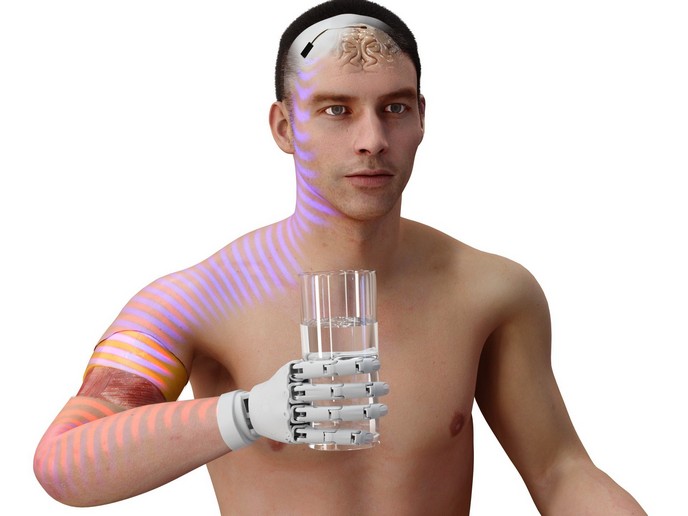A smart 3D heart model for chemical testing
Thousands of chemicals circulate in our everyday environment, from industrial solvents and pesticides to cleaning agents and food packaging components. While most undergo basic toxicity screening, their effects on the human heart, especially the ageing heart, are often overlooked. Current chemical risk assessment rarely assesses long-term cardiac damage or differentiates between young and older populations. Moreover, it is mostly based on animal testing, which fails to fully replicate human physiology and raises serious ethical concerns.
Bioengineering an ageing heart
The EU-funded ALTERNATIVE(opens in new window) project aims to address this issue by developing a human 3D cardiac tissue model. It mimics the structure and function of real cardiac tissue and can be tuned to replicate young or ageing tissue. “Our goal was to create an in vitro platform to study how chemicals affect the human heart, particularly in the context of ageing,” states project coordinator Gianluca Ciardelli. The bioengineered model consists of four components: a custom 3D-printed scaffold, a hydrogel that simulates the heart’s extracellular matrix, human-derived cells, and a dynamic bioreactor system. The porous scaffold is built from a novel biocompatible polymer and coated with fibronectin to enhance cell adhesion. The pores are filled with a gelatin-based hydrogel, which can be adjusted for stiffness to simulate young or increasingly aged cardiac tissue. The model incorporates endothelial cells and cardiomyocytes derived from human induced pluripotent stem cells(opens in new window). A microfluidic bioreactor mimics the mechanical and electrical stimuli of the heart. It provides perfusion flow and electrical pulses while real-time sensors monitor pH and oxygen levels.
Smarter and faster testing
“Our platform does more than mimic cardiac tissue; it allows us to track how exposure to chemicals alters gene expression, protein pathways and structural integrity in young versus aged cardiac tissue,” highlights Ciardelli. The platform incorporates multi-omics analyses (genomics, transcriptomics, proteomics) and machine learning tools to enhance detection of early signs of cardiotoxicity. It also aligns with regulatory guidelines and supports EU’s goals outlined in the European Green Deal(opens in new window). ALTERNATIVE is expected to help revisit how European authorities assess cardiac risks posed by environmental chemicals. Animal studies often miss key markers of cardiac stress or degeneration, especially in older individuals. The ALTERNATIVE platform offers mechanistic insight into arrhythmias, contractility changes and age-related vulnerabilities, with a level of detail previously unattainable outside the lab. Furthermore, the model can assess mixtures of chemicals, simulate real-life exposure, and provide regulators with more population-specific risk data, particularly for older adults.
From lab to policy
ALTERNATIVE has identified two cardiotoxicity adverse outcome pathways which have been accepted into the Organisation for Economic Co-operation and Development(opens in new window) (OECD) to improve evidence-based international standards and formulate policies on the use of specific chemicals. Now that the project is complete, the team is focused on publishing results and seeking partners for commercialisation. Components such as the microfluidic platform and sensor-equipped bioreactors may soon enter the market as part of next-generation testing kits. “Meanwhile, the platform will continue to be refined and applied in follow-up studies and EU projects, supporting a broader shift to human-relevant, ethical, and precise toxicity testing,” concludes Ciardelli.







